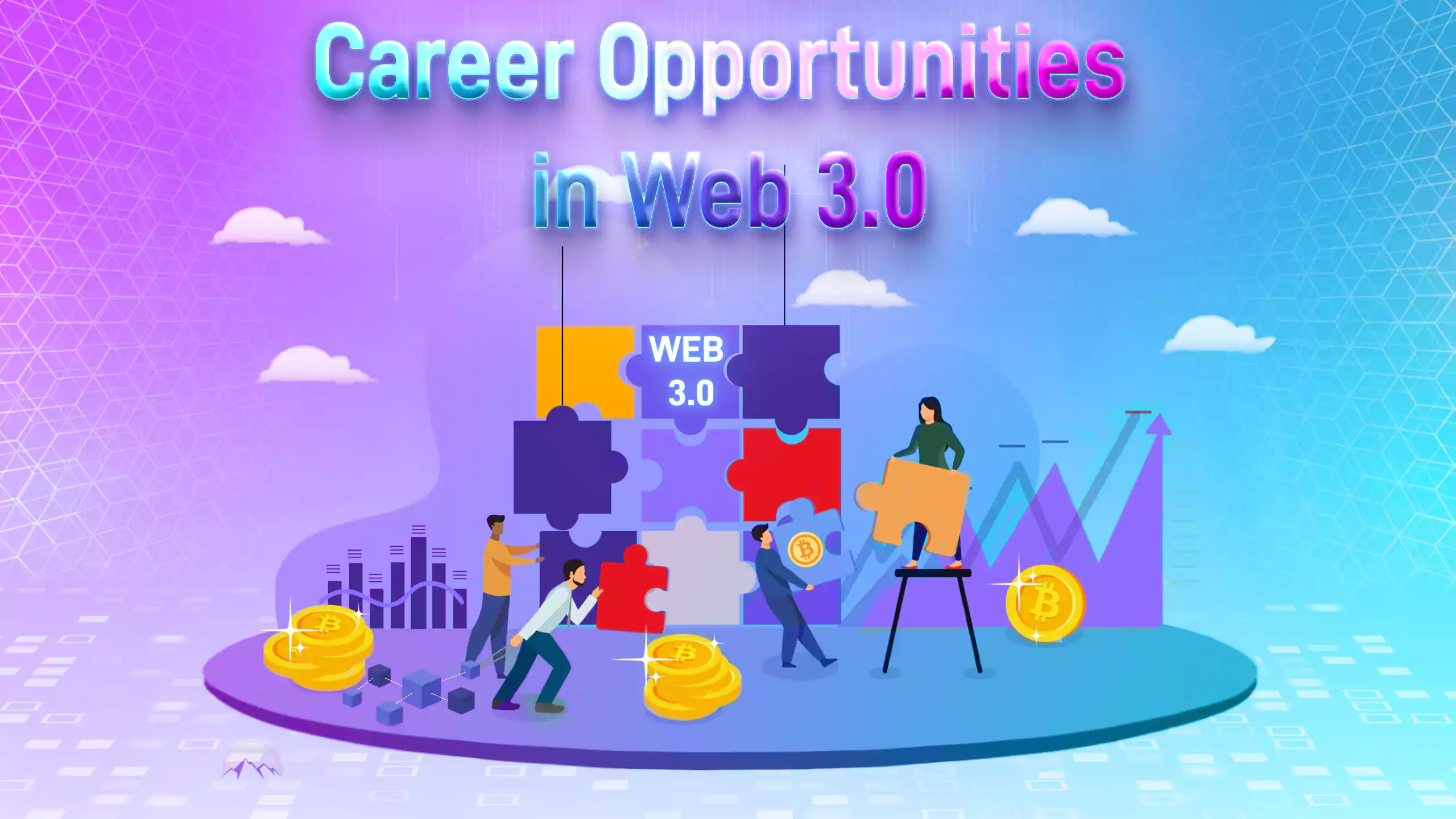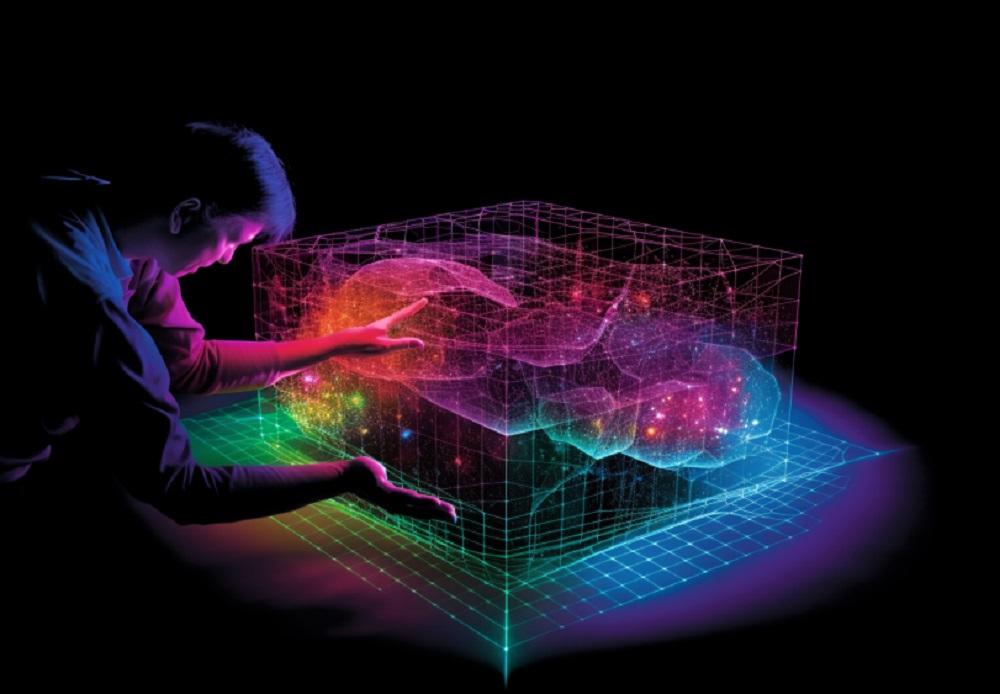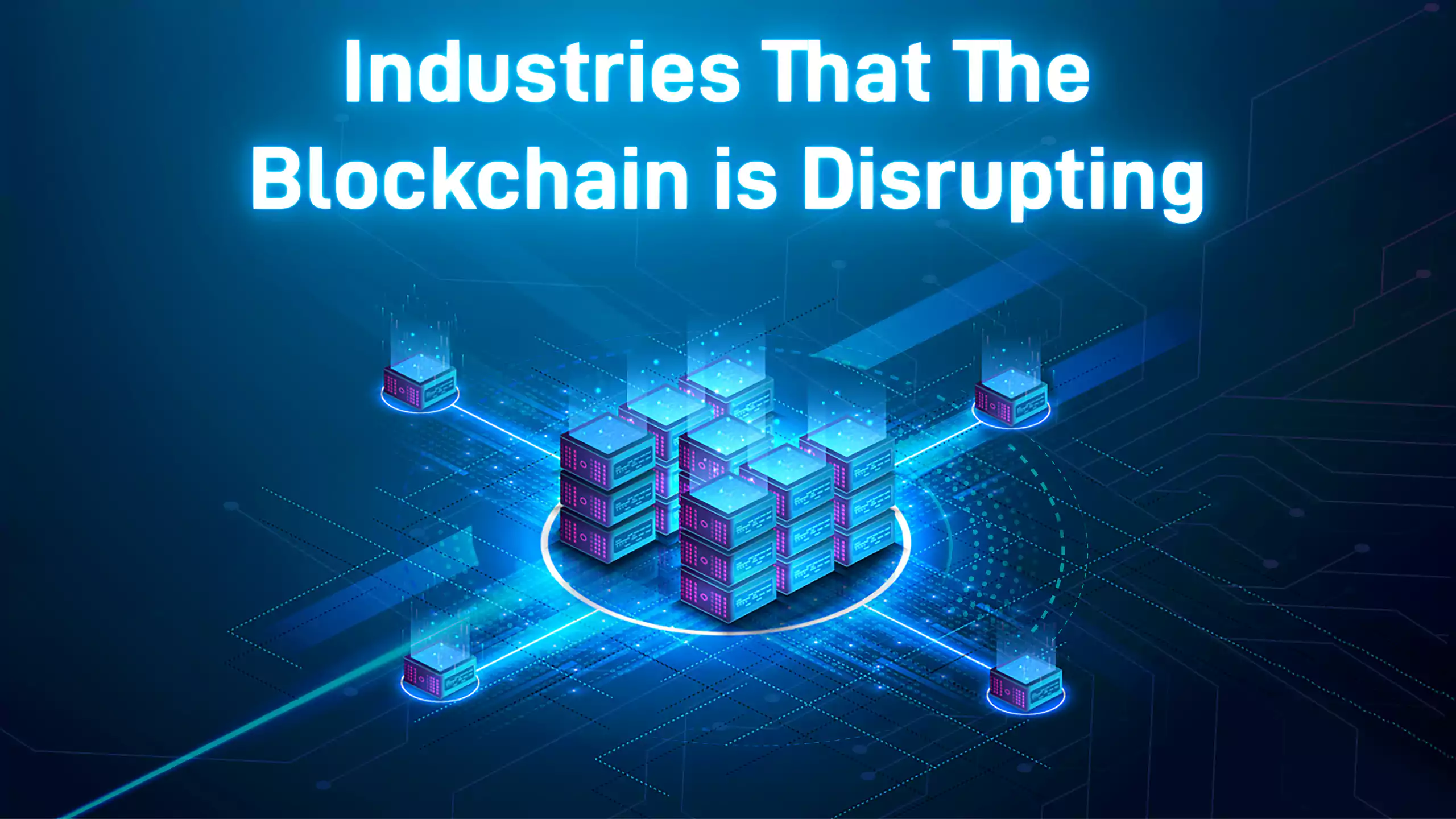Career Opportunities in Web 3.0
The evolution of the internet and its resultant effects have shaped everything around us, from the book we read to the entertainment we enjoy and how we interact with each other. One of the biggest news around the internet is Web 3.0, which has enjoyed massive hype in recent months. It has been hailed as having the potential to change how we relate and interact on the internet. The blockchain industry it supports has revolutionized the financial sector changing the paradigm from a centralized architecture towards a more decentralized protocol.
This has led to the adoption of the technology and, by implication, Web 3.0 by most companies looking to tap into the technology of the future. This hype has led many people consider starting a career in Web 3 to be able to take part in the many benefits it promises. However, before delving into Web 3.0, it is essential to consider the evolution of the internet or World Wide Web (WWW), from Web 1.0 to Web 3.0, and their respective features.
Evolution of the Internet
Web 1.0 is the first stage of the evolution of the WWW. Only a few content creators were present on Web 1.0, and the vast majority of the users were content consumers. Personal web pages consisting primarily of static pages hosted on free web hosting services and ISP-run web servers were the order of the day. In Web 1.0, advertisements while browsing the net were banned. Also, Web 1.0 utilized Ofoto, a digital photography page to allow participants to share, store, print, and view digital pictures. It was a content delivery network (CDN) that permitted sharing of information on websites.
Key Features of Web 1.0 are:
- Static pages
- Pages were created using Common Gateway Interface (CGI) and Server Side Includes.
- Tables and frames were used to align and position elements on a page
- Contents are served from a server’s file system
The next stage in the evolution of the internet was with Web 2.0, which highlighted user-based content, interoperability of end-users, and usability. Web browser technologies utilized under Wen 2.0 include JavaScript and AJAX frameworks. Collaboration and interaction between users are enabled on Web 2.0 in a social media dialogue manner. It is often referred to as the participative social web.
Key Features of Web 2.0 Include:
- Dynamic contents that are responsive to a user’s inputs.
- Information flows between page owners and users through online commenting and evaluation
- Free sorting of information that allows users to retrieve and categorize information collectively.
- Developed APIs that permit self-usage
Common usage of Web 2.0 includes blogging, social media, curating with RSS, tagging, podcasting, social networking, social bookmarking, web content voting, etc.
Web 3.0 and The Future
Web 3.0 is the third generation of the internet that allows applications and users to access information smartly via big data, decentralized ledger technology (DLT), machine learning (ML), etc. It was initially referred to as the Semantic Web and is aimed at being a more intelligent, open, and autonomous internet. Web 3.0 first appeared in 2006 following the publication of an article by Jeffrey Zeldman.
Additionally, both machines and users will interact with data, and for this to occur, programs will be designed to understand and process information contextually and conceptually. The two major cornerstones of Web 3.0 include artificial intelligence and the semantic web.
Key Features of Web 3.0 Include:
- Artificial Intelligence
- 3D graphics
- Ubiquity
- Data ownership
- Connectivity
- Semantic web
Top Career Opportunities in Web 3.0
The introduction of Web 3.0 as the next stage in the evolution of the internet has brought about new career prospects for different professionals. Each opportunity comes with various demands and expectations regarding its performance. Persons looking to venture into the next generation of internet technology can consider the following career opportunities:
Blockchain Core Developer
Blockchain technology is arguably one of the biggest aspects of Web 3.0. Blockchain core developers are tasked with designing blockchain architecture, developing the protocol consensus mechanism, and taking and implementing high-level decisions connected to the blockchain network.
A person looking to venture into this position must have some skill and experience with blockchain structures, consensus mechanisms, cryptographic hash functions, distributed ledger technology (DLT), understanding of different data structures like Patricia Trees, Merkle Trees, etc., algorithms, among others. Common language required of them includes Java, C++, and Golang.
UI and UX Designers
UI and UX designers are one of the most popular Web 3.0 career openings. Blockchain products do not differ much from other products concerning the design principles they require. There is, however, a key difference: because blockchain is more complex than most products, they need the use of the KISS principle, which makes it flexible and easier. Most UI & UX designers are expected to communicate with developers to enable them to get their products to mass adoption. The common application they utilize includes crypto wallets and Celsius network.
Vital skills and experience required include expertise in using Figma, XD, Sketch, and other design tools. They should also be able to take a product from the ideation stage to the launch phase.
Blockchain Software Developer
This role is also known as the blockchain dApp or decentralized application developer. Their role is not very different from how regular web builders utilize designs and protocols structures built by a core web architect to develop web apps. Blockchain software developers are tasked with building decentralized apps employing protocols designed by blockchain core developers. In other words, they utilize existing blockchain infrastructure and tools to create decentralized applications on top of them. They execute this by creating and deploying smart contracts on the blockchain.
The important skills required include experience with different development tools and languages like substrate and solidity.
Back-End Developer
The role of the back-end developer in Web 3.0 is not entirely different from those utilized in any tech company; however, emphasis in this context will be more on blockchain as a database. Although most end-users may not realize it, they connect with the blockchain using different service providers and APIs each time they execute a transaction. They ensure that the application can successfully retrieve and deliver data to other service providers or connect directly to the blockchain. This is where the back-end developer comes in.
The required skills include experience with Express.js, Node.js, and JavaScript (ES6). They should also understand the basics of cryptocurrencies and how they work and have experience with relational databases like MySQL, PostgreSQL, etc., and REST APIs.
DevOps Engineers
A DevOps engineer is responsible for ensuring seamless delivery of quality updates and products to end-users quickly. They also help coders code while guaranteeing the correct code is in the right position. DevOps engineers also oversee infrastructure maintenance, process automation, delivering software retrieved from GitHub to servers, CI/CD, and general supervision.
The required skill set includes knowledge in AWS services like API gateway, EC2, RDS, fargate, lambda, auto-scaling, S3, CloudFront, IAM, etc. Additional platform automation and deployment skills like Docker, Kubernetes, and Ansible are a bonus.
Quality Assurance Engineers
QA engineers are also members of the quality assurance team. They are charged with creating testing processes that focus on database impacts, regression testing, software scenarios, negative testing, bug or error retests, and usability tests.
Skills needed include developing test plans, scripts, procedures, or scenarios and organizing third-party or user testing. They are also engaged in documenting test processes to ensure compliance and replicability with standards while providing recommendations and feedback on the software's functionality and usability.
Other career opportunities in Web 3.0 include:
- Product Manager
- Sales and Marketers
- Lawyers
- Finance Advisors
- Accountants
- Business Development
- Human Resources
- Mobile Developer
Conclusion
Web 3.0 will offer a more customized and personal internet experience alongside other decentralized benefits to establish an equitable and balanced web. Its introduction will champion the exponential integration of the internet into our daily activities. Persons looking to tap into this new field can consider careers in the above jobs!






